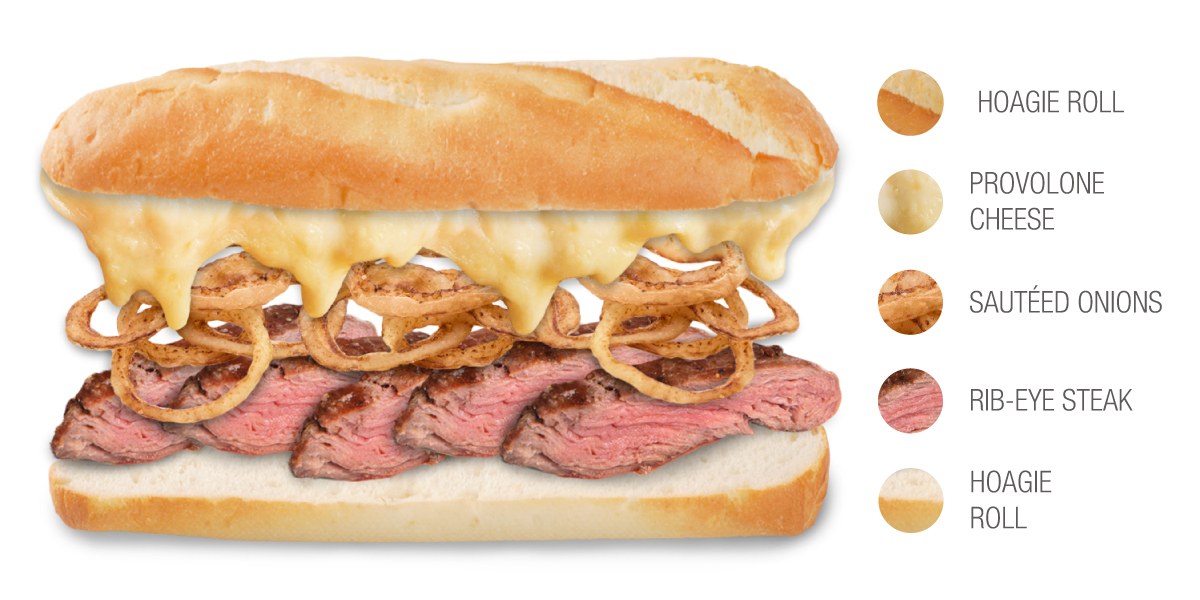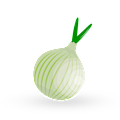Best Pennsylvanian Foods
MAIN INGREDIENTS
The Philadelphian icon known as Philly cheesesteak is an extremely popular sandwich consisting of thinly sliced pieces of steak and tender, melting cheese in a long and crusty hoagie roll. It was invented in the 1930s in what is now a Philadelphian institution called Pat's King of Steaks.
Pat's started as a regular hot dog stand in South Philadelphia, and one day Pat had decided to make himself a sandwich consisting of thinly sliced rib-eye steak and cooked onions placed into an Italian roll. When a hungry cab driver stopped by and smelled the beef, he forgot about the hot dogs, and Philly steak sandwich was born.
MOST ICONIC Cheesesteak
View moreMAIN INGREDIENTS
Roast pork sandwiches are a staple of numerous sandwich shops throughout Philadelphia. The bread roll is typically topped with sesame seeds and loaded with a generous spoonful of pork juices. It is then stuffed with either sliced pork roast, roast pork chunks, or pulled pork, along with broccoli rabe (or spinach), and melted cheese such as provolone.
The condiments are optional and every customer can choose some of them according to personal preferences. These succulent sandwiches are popular in Philadelphia due to their simplicity and a nice balance of flavors.
MOST ICONIC Roast Pork Sandwich
View moreSticky buns or cinnamon buns are a classic Philadelphian staple that evolved from German snail pastry (shnecken). The pastry was brought to Philadelphia by English and German immigrants in the 18th century. The sticky buns are made with a combination of milk, yeast, flour, salt, sugar, eggs, butter, brown sugar, cinnamon, raisins, and walnuts.
The dough has to rice twice and the process is labor-intensive. If properly prepared, the result is a brioche-like cinnamon roll that's slightly crispy on the exterior and tender on the inside. There should be enough sugar, cinnamon, raisins, and walnuts between the dough layers.
MAIN INGREDIENTS
Somewhat similar to a calzone, the American stromboli is a savory type of turnover filled with classic pizza ingredients: mozzarella or other types of cheese, Italian meats like salami, pepperoni, bresaola, and capocollo, and sometimes even vegetables, while the marinara sauce is served on the side, rather than baked inside with the filling.
The dough can be either Italian bread dough or standard pizza dough, and before baking, the finished product is rolled into a loaf, similar to that of a jellyroll. Unlike calzone, stromboli did not originate from Italy, but supposedly from suburban Philadelphia where it was invented in the 1950s and named after one of Roberto Rossellini's movies.
OTHER VARIATIONS OF Pizza
MOST ICONIC Stromboli
View moreApple dumpling is an American dessert consisting of a dumpling filled with apples, butter, sugar, cinnamon, and sometimes raisins. The dish is traditionally baked until it develops a tender texture, and it is often served with a scoop of vanilla ice cream on the side.
It is believed that apple dumplings were invented by the pilgrims, who brought the recipes for fruit dumplings over to America. Today, the dessert is especially popular in the Pennsylvania region.
MAIN INGREDIENTS
Originally brought to the Pennsylvanian region by immigrants from Eastern Europe, pierogies have become a unique staple dish, both in the city of Pittsburgh and all over Western Pennsylvania. Pierogies are soft, semicircular dumplings that are traditionally filled with potatoes or cheese, but the number of fillings is virtually countless and limited only by imagination.
In Poland, pierogies have been made since the 13th century, and they had been brought to the United States during the late 19th and the early 20th century, when Pittsburgh experienced a population boom during the Great Migration. As pierogies are inexpensive and portable, they were a common meal in the lunch boxes of numerous mill workers during the Industrial Age.
OTHER VARIATIONS OF Pierogi
MAIN INGREDIENTS
Hoagie has been declared the official sandwich of Philadelphia in 1992, consisting of an Italian roll that is sprinkled with oil and vinegar, then layered with onions, tomatoes, shredded lettuce, provolone cheese, and different types of meat according to the customer's preference.
The authentic Philly hoagie is complete only after the addition of oregano, basil, salt, and pepper. Pickles and mayonnaise are strictly forbidden. There are many theories about its origin, but the one that sounds most likely involves a jazz musician turned sandwich shop owner called Al De Palma.
OTHER VARIATIONS OF Submarine Sandwich
MOST ICONIC Hoagie
View moreMAIN INGREDIENTS
An ice cream float is a beverage consisting of ice cream that is placed in a soft, fizzy drink. One of the most popular varieties of the beverage is a root beer float. The origins of ice cream floats date back to the 19th century. It was invented in Philadelphia by Robert Green, a soda shop operator who ran out of cream and decided to use ice cream instead of it.
Shortly after, his daily earnings soared from $6 to $600. With the popularity of ice cream floats, it is no wonder that there are numerous variations such as chocolate ice cream soda, coke floats, purple cow, butterbeer, and Boston cooler.
MAIN INGREDIENTS
Banana split is a classic dessert consisting of a lengthwise-cut banana topped with scoops of strawberry, vanilla, and chocolate ice cream. Typical garnishes include nuts, fruits, whipped cream, and a cherry on top. The dessert is traditionally served in a long dish called a boat.
It was invented in 1904 in Latrobe, Pennsylvania by David Strickler, who wanted to make something "different" for a college student who had one day entered the pharmacy where he worked as an apprentice. The pharmacies often featured a soda fountain where customers could indulge in a soda or a frozen treat for just a few cents.
OTHER VARIATIONS OF Sundae
MAIN INGREDIENTS
A quintessential part of every American street fair is a crispy funnel cake. The unique name is derived from the method of preparation in which the batter, made with eggs, sugar, milk, and baking soda, is poured through a funnel directly into the sizzling oil.
It falls in circular, thin, and tangled streams, creating the distinctive shape of this American delicacy. When fried, the batter expands, and the final result is a crispy, golden brown treat. In the modern history of the United States, funnel cake is traditionally associated with Pennsylvanian Dutch, the German-speaking immigrants who inhabited the area in the 17th and 18th century.
Best Pennsylvanian Food Producers
Boyd & Blair is a premium craft distillery based in Pittsburgh, Pennsylvania, renowned for producing high-quality potato-based spirits, particularly its award-winning Boyd & Blair Pennsylvania Vodka. Established with the goal of creating a vodka that combines purity, smoothness, and a distinctive character, the distillery uses locally grown potatoes, ensuring a unique taste that highlights the ingredients' regional origins.
Boyd & Blair vodka is known for its careful distillation process, which involves small-batch production and multiple distillations, resulting in a refined and smooth spirit. The distillery’s commitment to quality and craftsmanship has earned it numerous accolades and recognition in the spirits industry.
AWARDS

USC- Ultimate Spirits Challenge - Chairman's Trophy
2023, 2020

USC- Ultimate Spirits Challenge - Top 100
2023, 2021, 2020
BEST Boyd & Blair Spirits
AWARDS
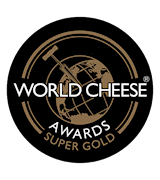
World Cheese Awards - Super Gold
2022
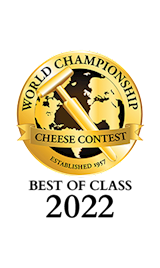
World Championship Cheese Contest - Best of Class
2024, 2022, 2020, 2018

World Championship Cheese Contest - Second Runner Up
2024
BEST The Farm at Doe Run Cheeses
Calkins Creamery, located in Honesdale, Pennsylvania, specializes in crafting artisan cheeses. The creamery operates on the historic Highland Farm, where they utilize milk from their herd of Holstein cows. Their product line includes a variety of cheeses, such as Gouda, cheddar, and specialty aged cheeses.
Calkins Creamery is known for employing sustainable farming practices and focusing on quality in their cheese production.
AWARDS
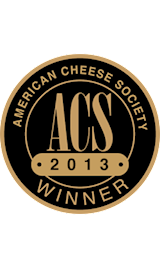
American Cheese Society Judging & Competition Awards - 1st Place
2023, 2019, 2018, 2013
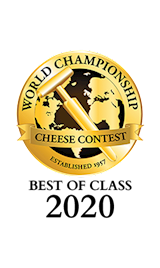
World Championship Cheese Contest - Best of Class
2020
BEST Calkins Creamery Cheeses
AWARDS
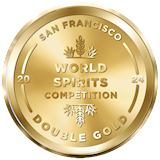
SFWSC - San Francisco World Spirits Competition - Double Gold
2024, 2023
BEST Bluecoat Spirits
AWARDS

USC- Ultimate Spirits Challenge - Chairman's Trophy
2020

USC- Ultimate Spirits Challenge - Top 100
2020
BEST BLY Spirits
AWARDS

American Cheese Society Judging & Competition Awards - 1st Place
2024, 2023
BEST Pleasant Lane Farms Creamery Cheeses
AWARDS

SFWSC - San Francisco World Spirits Competition - Double Gold
2024
BEST Lucky Sign Spirits Spirits
AWARDS

SFWSC - San Francisco World Spirits Competition - Double Gold
2024
BEST McLaughlin Distillery Liqueurs
AWARDS

SFWSC - San Francisco World Spirits Competition - Double Gold
2024
BEST Sator Square Distillery Spirits
Best Pennsylvanian Food Products
Boyd & Blair Potato Vodka is a premium vodka made from locally sourced, high-quality potatoes, crafted by Boyd & Blair Distillery in Pittsburgh, Pennsylvania. Known for its smooth, clean taste, this vodka is produced through a meticulous small-batch distillation process, ensuring exceptional purity and flavor.
The vodka has a creamy texture with subtle notes of vanilla, and a slight sweetness that comes from the natural starches of the potatoes used. Boyd & Blair Potato Vodka is distilled multiple times to achieve a smooth finish and is highly regarded for its versatility in cocktails or for sipping neat.
AWARDS

USC- Ultimate Spirits Challenge - Chairman's Trophy
2023, 2020

USC- Ultimate Spirits Challenge - Top 100
2023, 2021, 2020
AWARDS

SFWSC - San Francisco World Spirits Competition - Double Gold
2024, 2023
Noble Road is a product made by Calkins Creamery. It is a soft-ripened cheese known for its creamy texture and rich flavor profile. The cheese is typically produced using high-quality milk from the creamery's own herd of cows. Noble Road often features a bloomy rind, which contributes to its distinctive appearance and taste.
The aging process for this cheese sees it develop a soft and gooey interior over time, making it a favorite for cheese enthusiasts.
AWARDS

American Cheese Society Judging & Competition Awards - 1st Place
2023, 2018
AWARDS

American Cheese Society Judging & Competition Awards - 1st Place
2018, 2017
AWARDS

USC- Ultimate Spirits Challenge - Chairman's Trophy
2020

USC- Ultimate Spirits Challenge - Top 100
2020
AWARDS

American Cheese Society Judging & Competition Awards - 1st Place
2024, 2023
AWARDS

SFWSC - San Francisco World Spirits Competition - Double Gold
2024
AWARDS

SFWSC - San Francisco World Spirits Competition - Double Gold
2024
AWARDS

SFWSC - San Francisco World Spirits Competition - Double Gold
2024
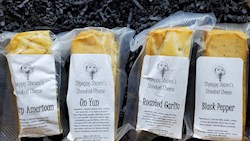

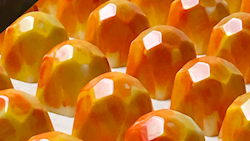

TasteAtlas food rankings are based on the ratings of the TasteAtlas audience, with a series of mechanisms that recognize real users and that ignore bot, nationalist or local patriotic ratings, and give additional value to the ratings of users that the system recognizes as knowledgeable. For the “Top 67 Pennsylvanian Foods” list until March 27, 2025, 1,517 ratings were recorded, of which 1,398 were recognized by the system as legitimate. TasteAtlas Rankings should not be seen as the final global conclusion about food. Their purpose is to promote excellent local foods, instill pride in traditional dishes, and arouse curiosity about dishes you haven’t tried.


